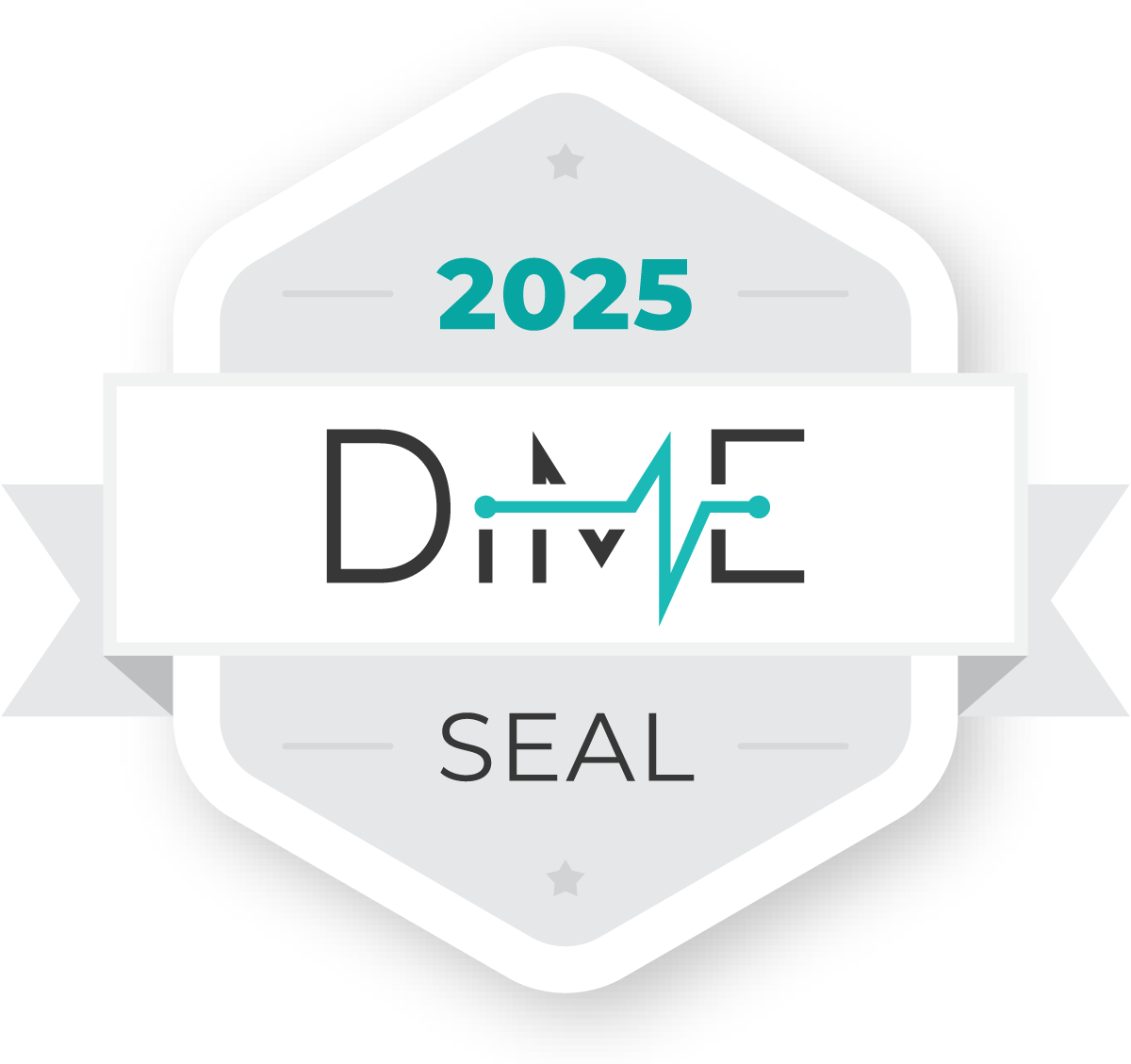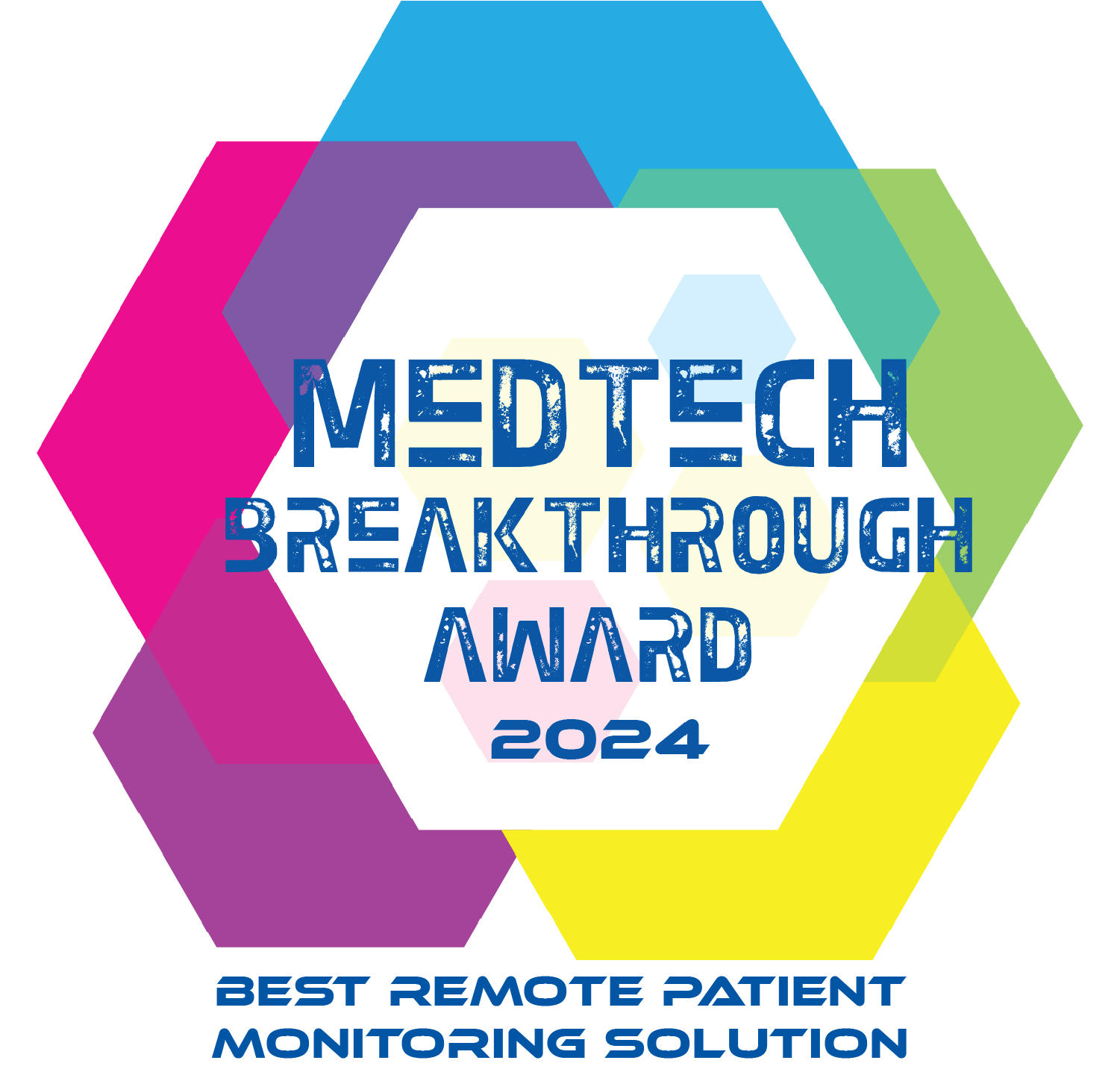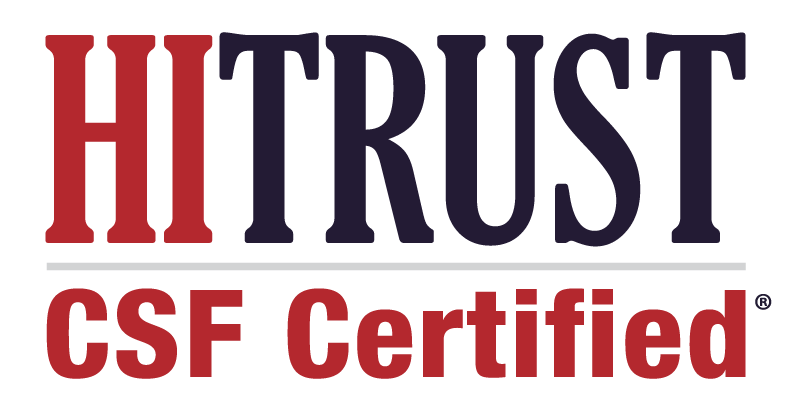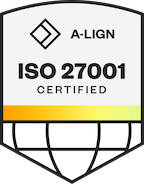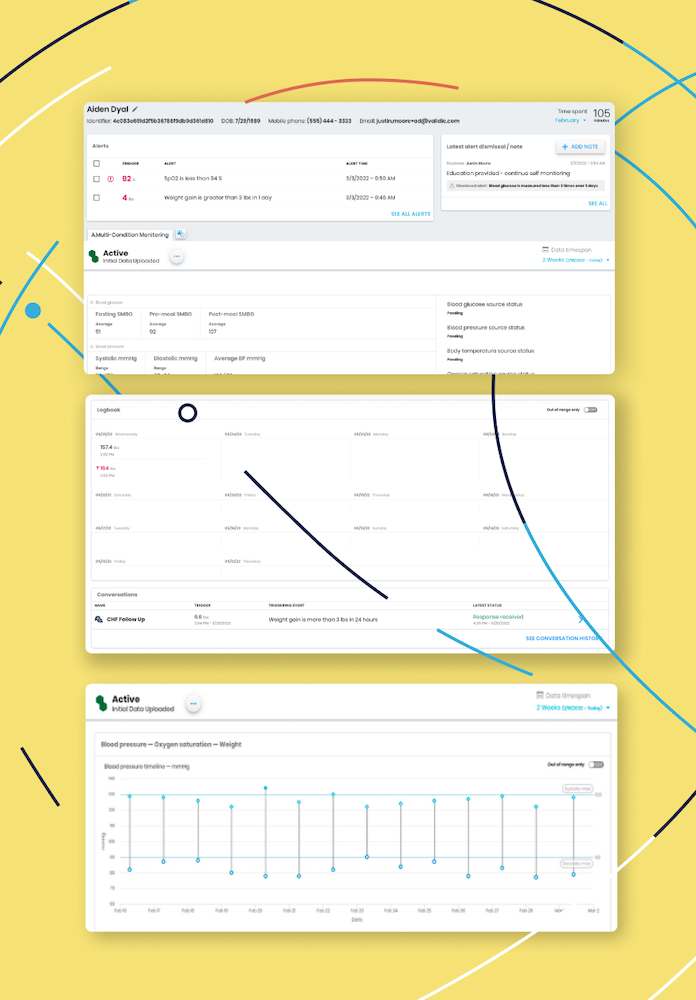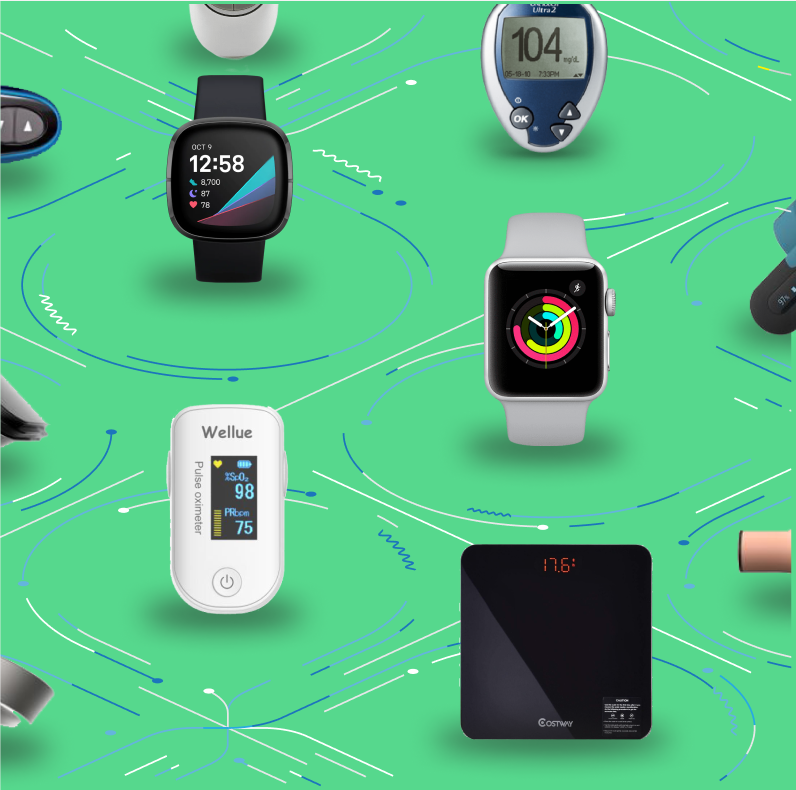Validic's RPM solution is designed to integrate directly with major EHR systems, including Epic and Oracle Cerner. This integration allows for the seamless incorporation of patient-generated health data (PGHD) into clinical workflows, making it accessible to healthcare providers when they need it most. The platform supports over 570 connected devices, ranging from wearables to home health monitoring tools. These devices collect a variety of physiological data, including blood pressure, glucose levels, and heart rate, which are then transmitted to the EHR for ongoing monitoring. Healthcare providers can create and manage multiple clinical interventions using Validic's platform, enabling the delivery of personalized care tailored to individual patient needs, thus aiming to improve outcomes and enhance patient engagement.
Additionally, the platform provides near real-time data and alerts, enabling timely interventions by healthcare providers. This feature enables the management of chronic conditions and aids in the prevention of acute episodes that could lead to hospital readmissions. Validic's solution is also scalable, supporting both small pilot programs and large-scale deployments, to facilitate healthcare organizations to expand their RPM initiatives as needed without compromising on efficiency or effectiveness.
